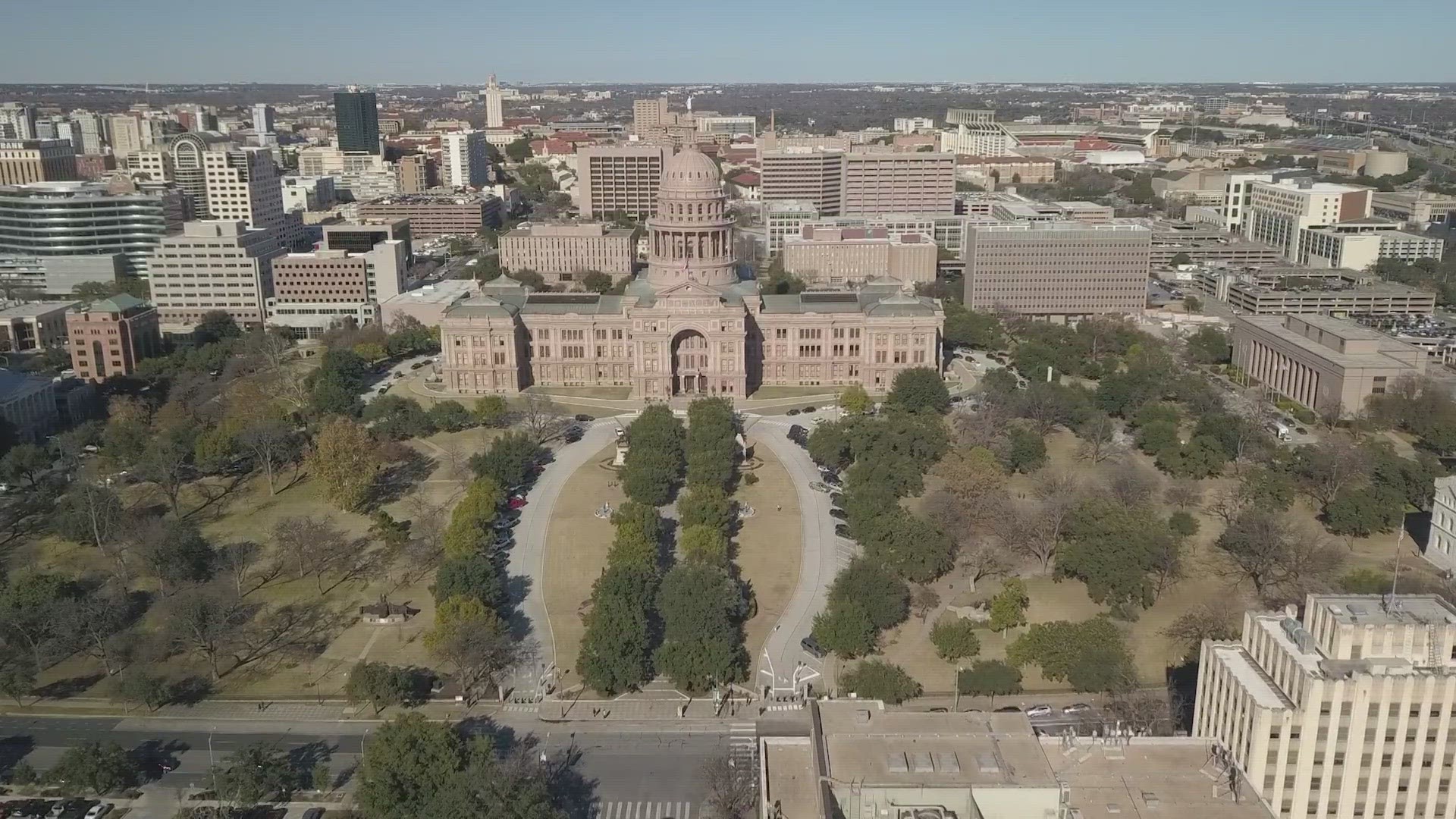DALLAS — Days after the news that a Houston airport staffer helped a girl hiding in a terminal for 10 days, human trafficking awareness advocates are reminding the public of what to look out for.
Human trafficking is a form of modern slavery that occurs in every state. It is the recruitment, harboring, transportation, provision, obtaining, patronizing or soliciting of a person for labor, sex and organs through force or coercion.
According to the National Human Trafficking Hotline, a third of the calls received is from Texas.
In the state, human trafficking is believed to be highest within the “Texas Triangle” that connects the Houston, San Antonio and Dallas-Fort Worth metro areas. According to Human Trafficking Courts, the Dallas-Fort Worth region accounts for 35% of the state’s commercial sexual exploitation cases even though they only have 26% of the state’s entire population.
Lontage Woods is the CEO and founder of FOCUS, and is also a family and youth consultant. She teaches the public about human trafficking awareness.
Woods said human trafficking often starts online. Other times, people are kidnapped.
"It happens to both children and adults," said Woods.
Trafficking does not only affect women and foreigners. Victims of trafficking are of all genders, ethnicities, nationalities, ages, races and sexual orientations -- and, in turn, traffickers can be anyone.
"Some of the common victims are women and children, but also homeless individuals," Woods said. "People who have mental illness, struggling with drug abuse...".
Woods said certain red flags can indicate that a person is a victim of human trafficking.
Many victims of sex trafficking live within the community and may frequently visit hospitals. Victims may be overly fearful, submissive, tense or paranoid. They may also dress inappropriately and are overly sexual, even at a young age.
According to the United States Department of Justice, human trafficking can be classified into two major categories, sex trafficking and labor trafficking.
In the case of labor trafficking, victims typically live within the premises of the business and cannot leave. Victims may work in environments with high-security features such as opaque windows, bars, locks and guards.
Victims of labor trafficking may lack proper documentation and tend to defer to another person before giving information, and work long and unusual hours.
Traffickers mainly use their victims in various industries such as hotels, restaurants, factories, farms, massage parlors and sexually-oriented businesses.
Sex trafficking occurs when a person is forced to engage in a "commercial sex act." Commercial sex acts can include working in strip clubs, massage parlors, brothels, street prostitution or internet prostitution.
Woods said there are cases in which a victim may try to subtly indicate to you that they need help. She said it can be a repeated tug of their hair or ear or lightly scratching their neck. Woods said they may also make strong eye contact with you to send a message.
"It’s really up to the general public to help with human trafficking, to be aware of the signs, to aware that it is a problem that can happen to anyone, anywhere, at anytime," said Woods.

